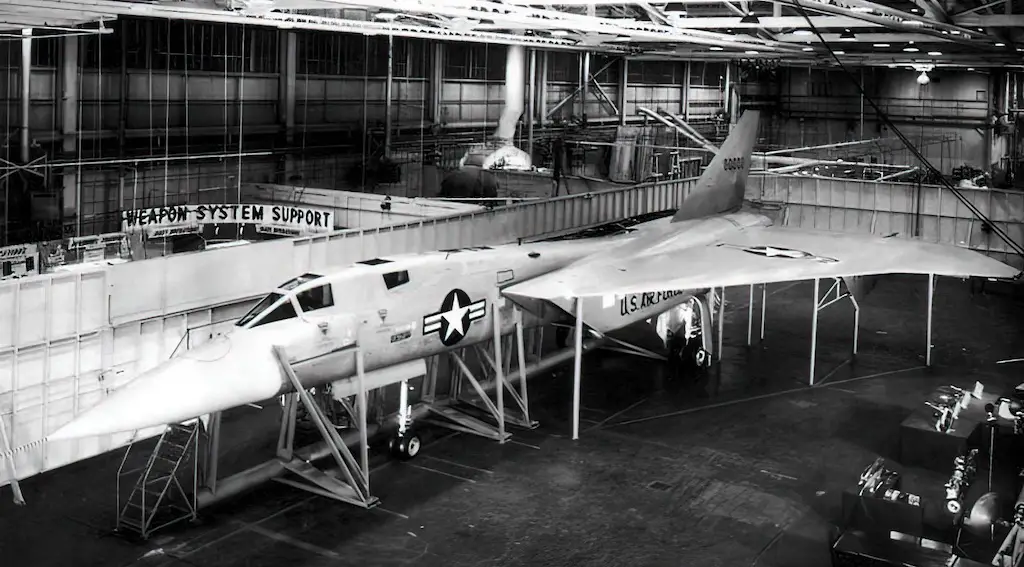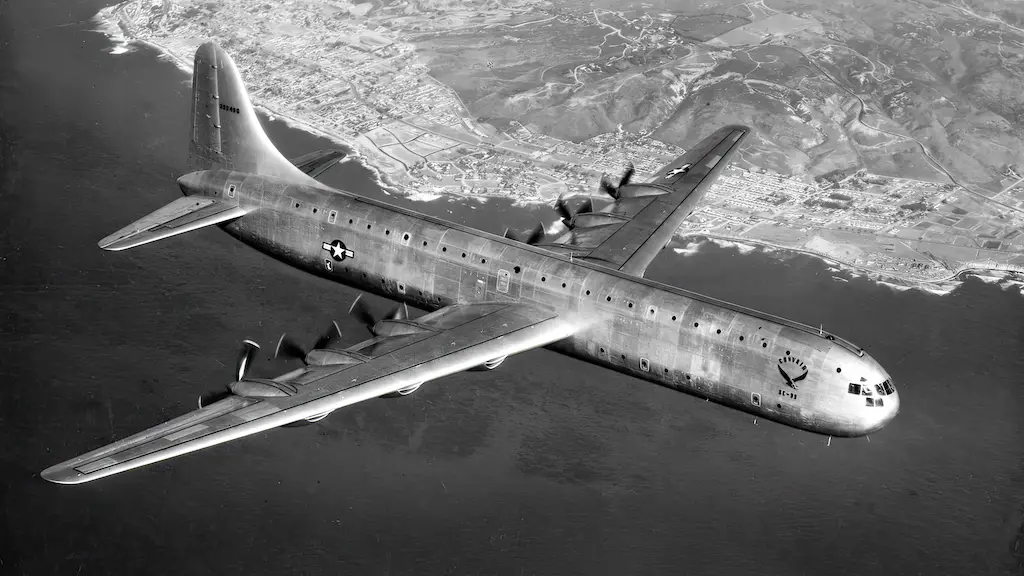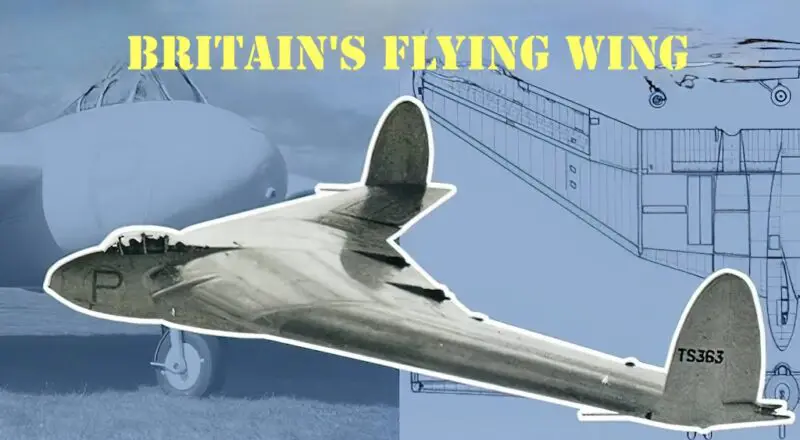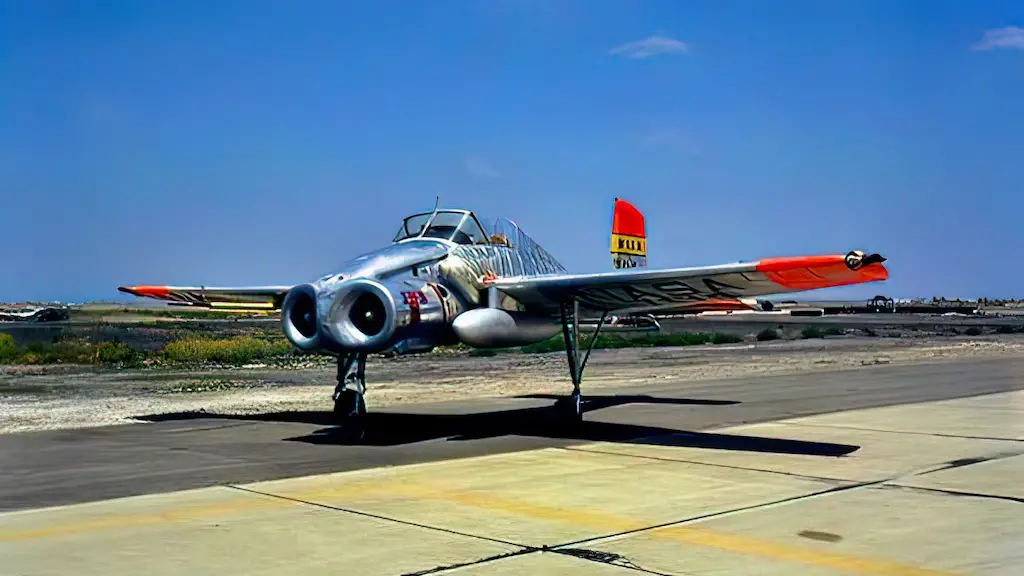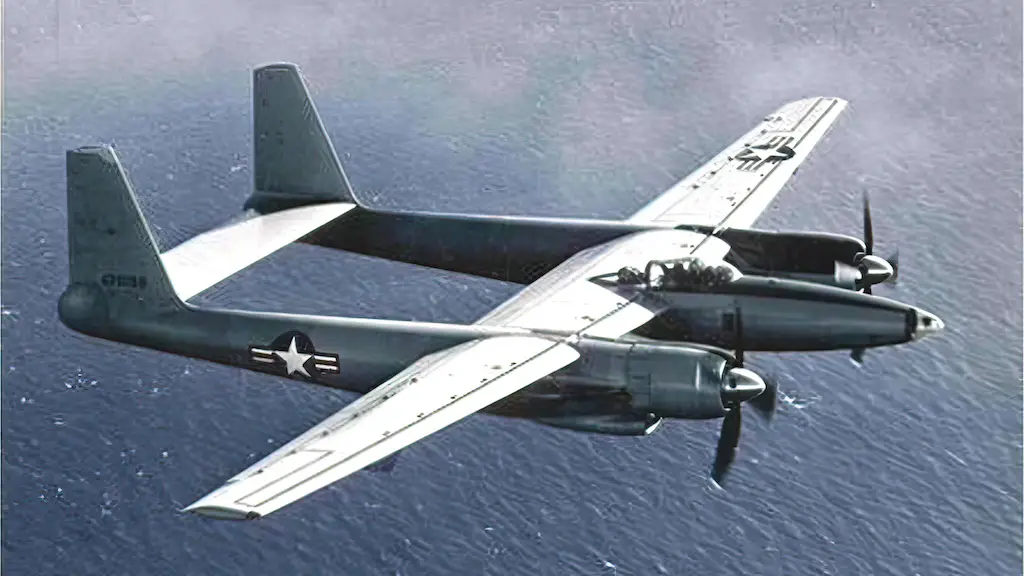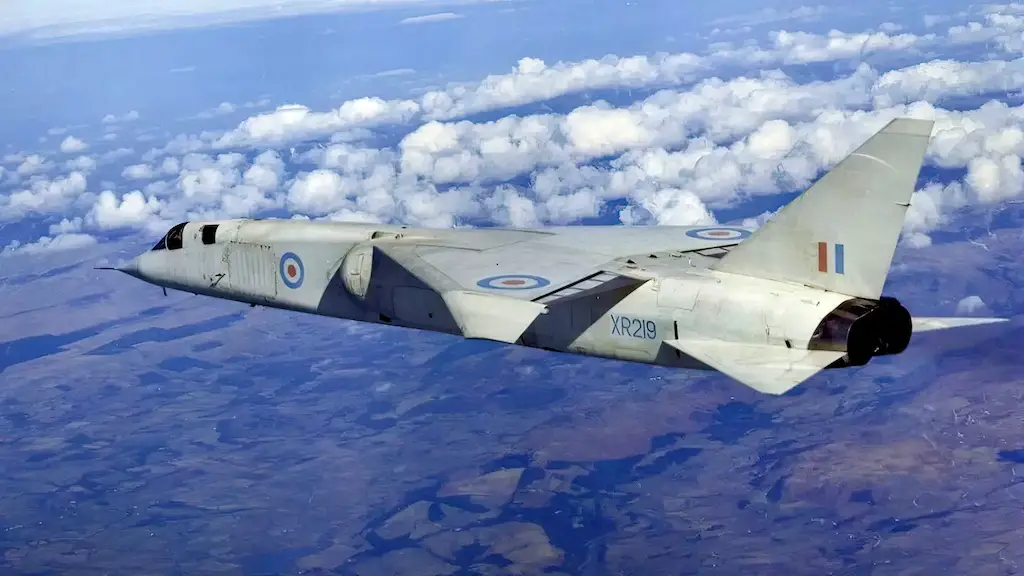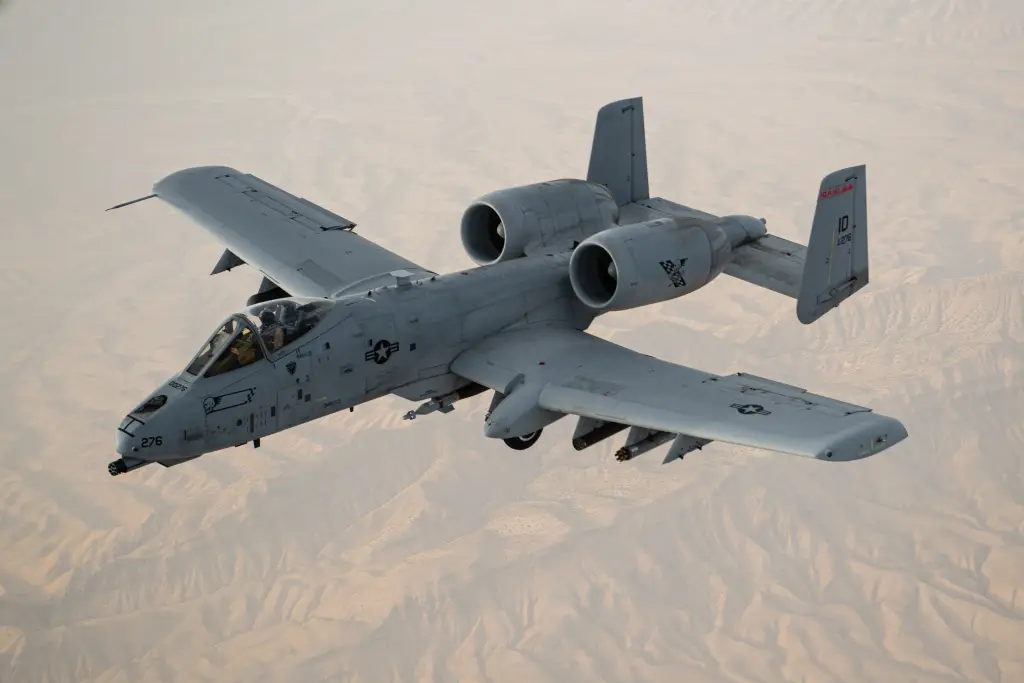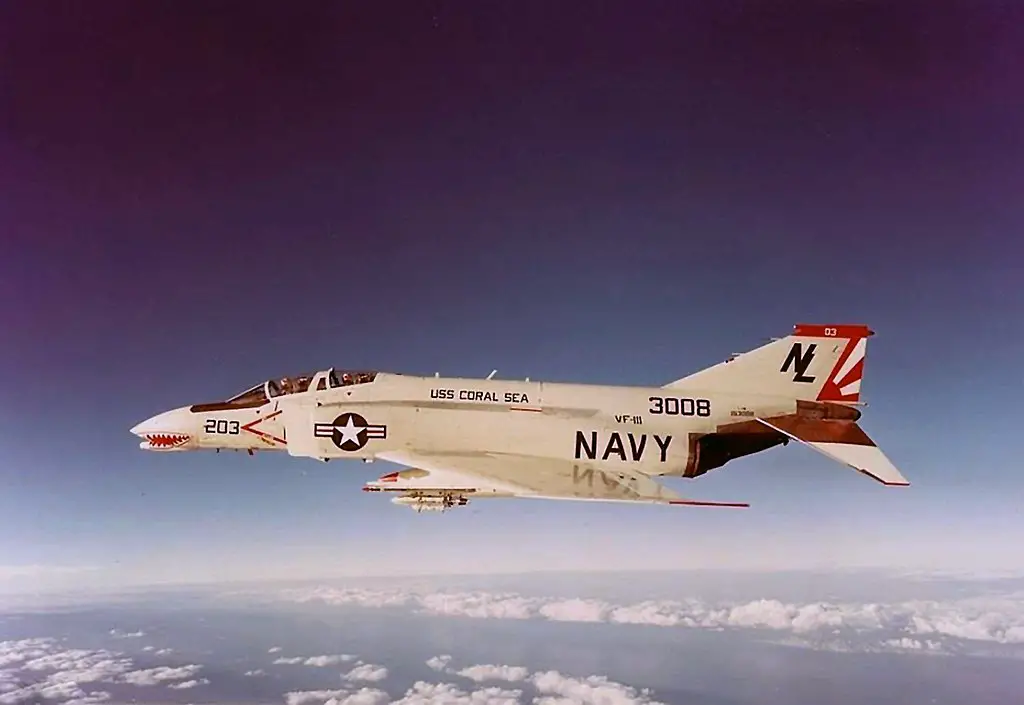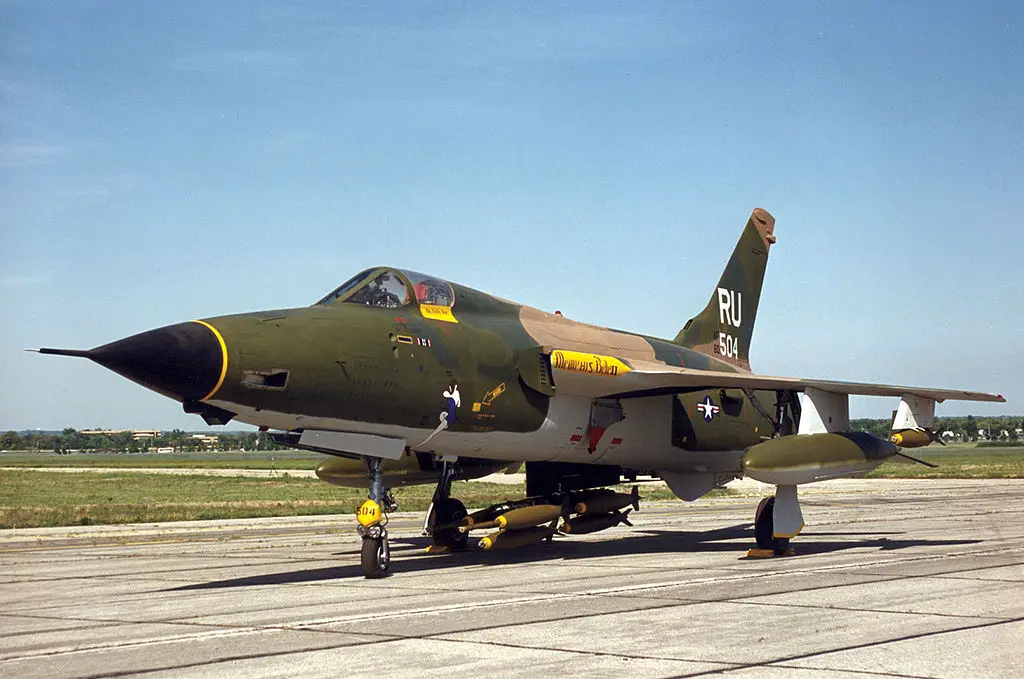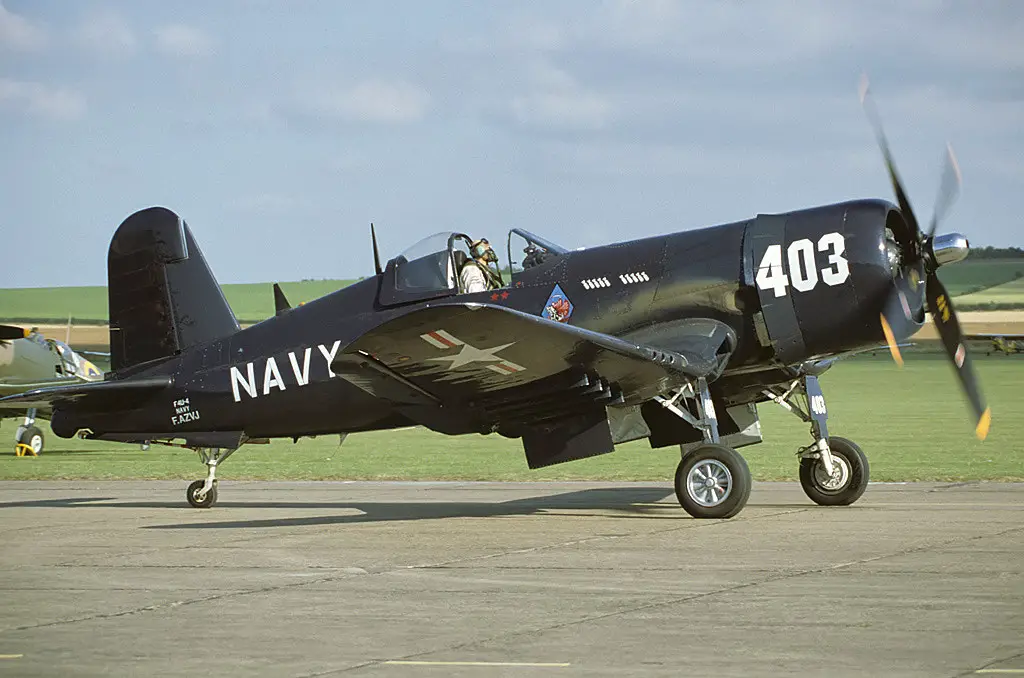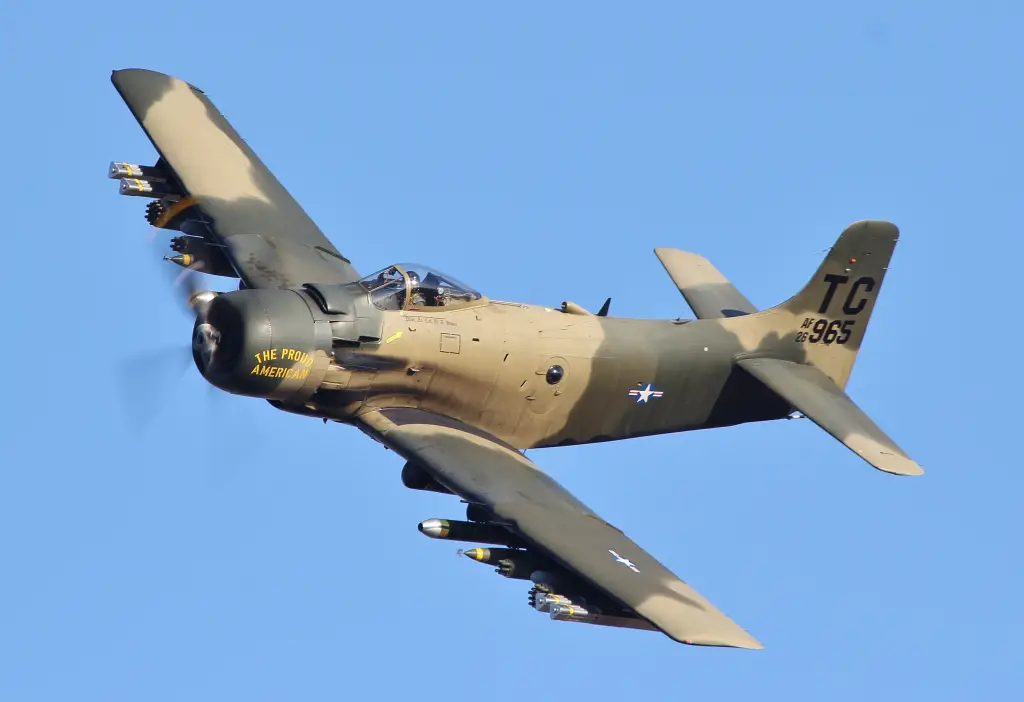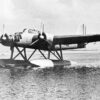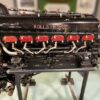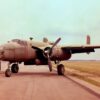The Fairchild Republic A-10 Thunderbolt II has now been in the US Air Force service for almost half a century. Over these decades the “Warthog” has many times provided close air support to American troops, including in Iraq and Afghanistan. But before securing the role of USAF ground-attack mainstay, it had to win a tough competition. In 1972 the USAF was choosing between two designs: Fairchild’s YA-10 and Northrops YA-9.
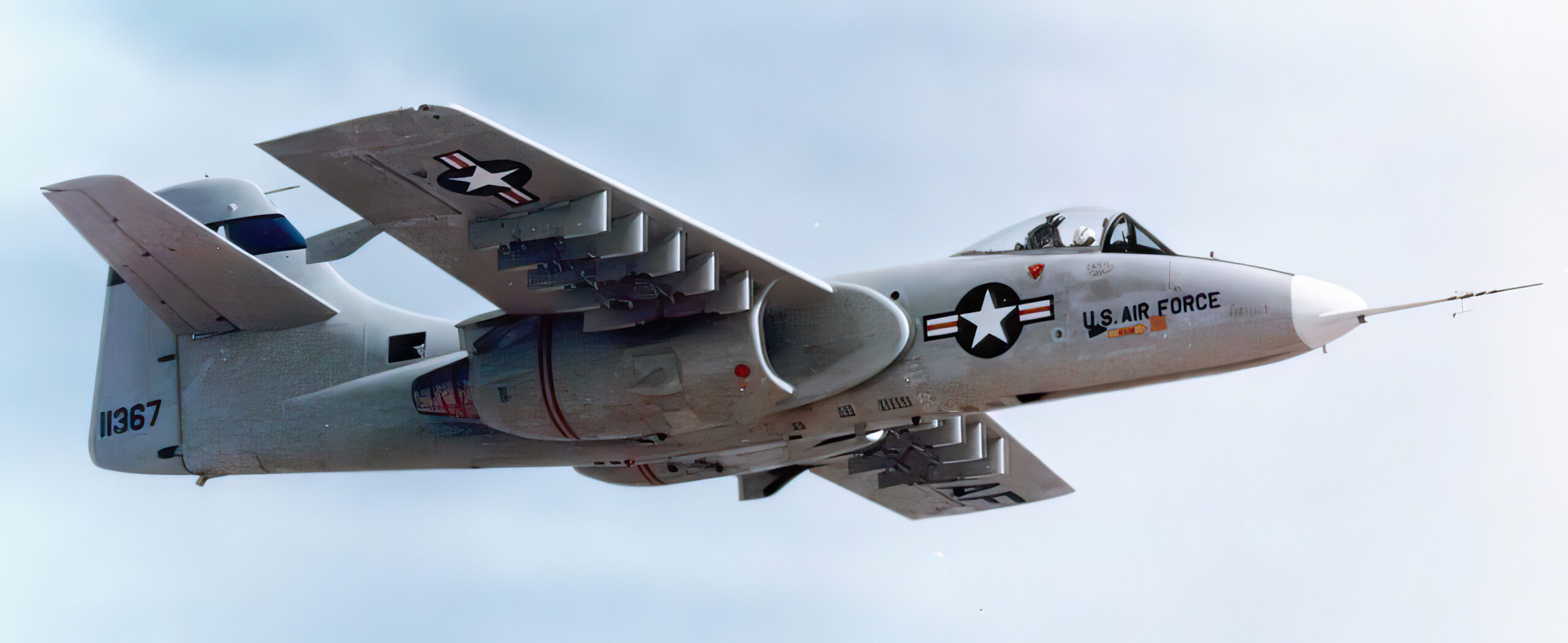
An overlooked role
While post-war decades produced a plethora of high-performance fighter aircraft, the situation with ground-attack planes was not as bright. In some cases, ground attack missions were flown by those very cutting edge fighter jets, which were not very suitable for the task. Or, by fighter-bombers, such as McDonnell Douglas F-4 Phantom II or the F-105 Thunderchief.
But those supersonic monsters, designed with such objectives as swift tactical nuclear strike in mind, were also far from ideal for lengthy regular ground attack missions, as the Vietnam War demonstrated especially graphically. In many cases, mundane close air support functions were performed by WWII-era piston-engine planes, such as Vought F4U Corsair and Douglas A-1 Skyraider. Both of them saw active use during the Korean war, and the Skyraider went on flying even in Vietnam.
A-X program: a quest for cheap and simple CAS aircraft
Early experience of Vietnam combat prompted the establishment of A-X (for “Attack Experimental”) ground attack aircraft development program in 1966. Several more years of the conflict in which Thunderchiefs and Skyraiders were suffering staggering losses, further contributed to the concept, with final requirements issued to aircraft manufacturers in 1970.
The USAF needed a rugged and cheap CAS aircraft capable of carrying a heavy load of ordnance to destroy enemy’s armored vehicles, while displaying high survivability and long loiter time. Northrop and Fairchild were selected to build prototypes, the YA-9 and YA-10.
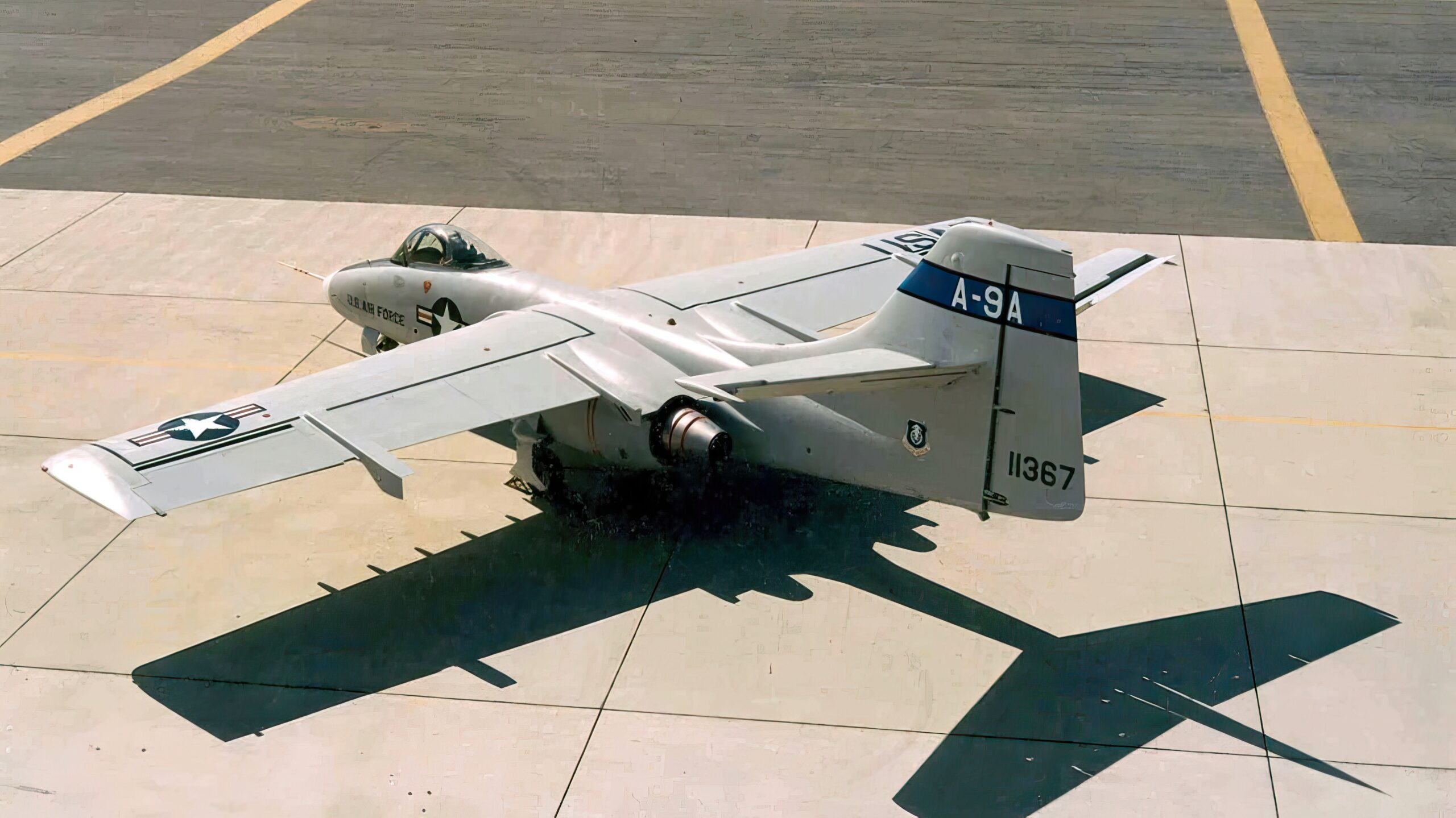
A down-to-earth ground attack machine
Built to the same specifications as the YA-10, Northrop’s design shared many characteristics with its competitor. It was a very robust machine, capable of withstanding hits by Soviet-made 23mm anti-aircraft weapons. Its pilot sat in an armored “bathtub,” intended to be made of titanium on production aircraft, although aluminum on prototypes. Survivability enhancing features also included self-sealing fuel tanks filled with foam.
Just like the Warthog, the YA-9 was designed around the 30mm GAU-8 Avenger cannon. Except that, in contrast to the Warthog, the YA-9’s cannon was located not in the nose, but in the aircraft’s belly. Actually, both companies’ prototypes were fitted with smaller 20mm M61 Vulcan cannons, because the GAU-8 was not ready at the time. But whichever was chosen for production, would carry the Avenger. The YA-9 also had ten underwing hardpoints for carrying up to 16,000 lb of ordnance.
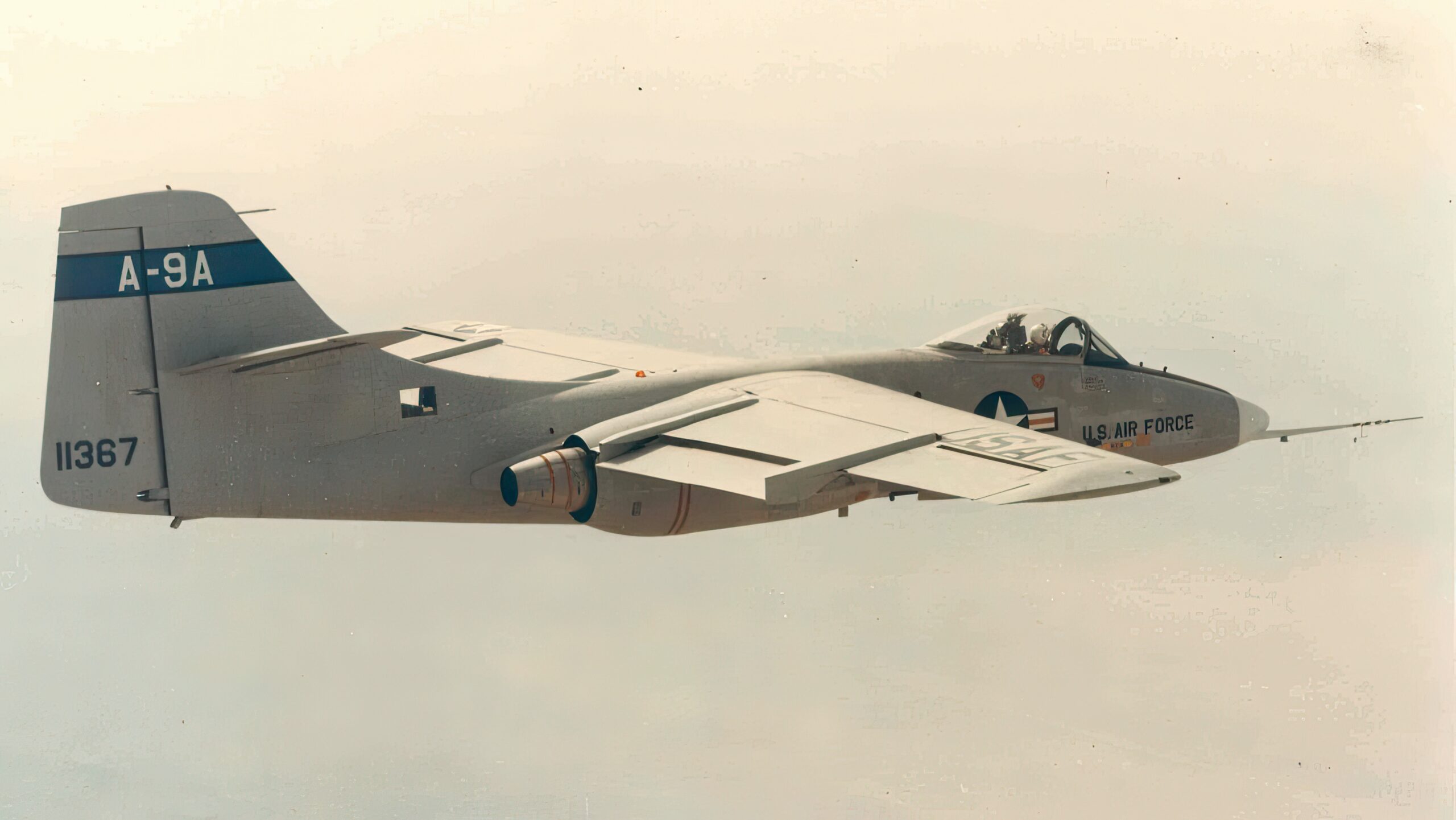
In appearance the YA-9 was somewhat more conventional than the A-10. While both aircraft were powered by a pair of turbofans, the YA-9’s engines set at the wing roots. But the Hog’s innovative engine configuration was, perhaps, a better choice for its intended combat role. For instance, because engines mounted high between the twin rudder assembly were less likely to ingest debris during a low-altitude attack. The YA-9 also had a more conventional empennage featuring a single vertical fin with upward-canted horizontal planes.
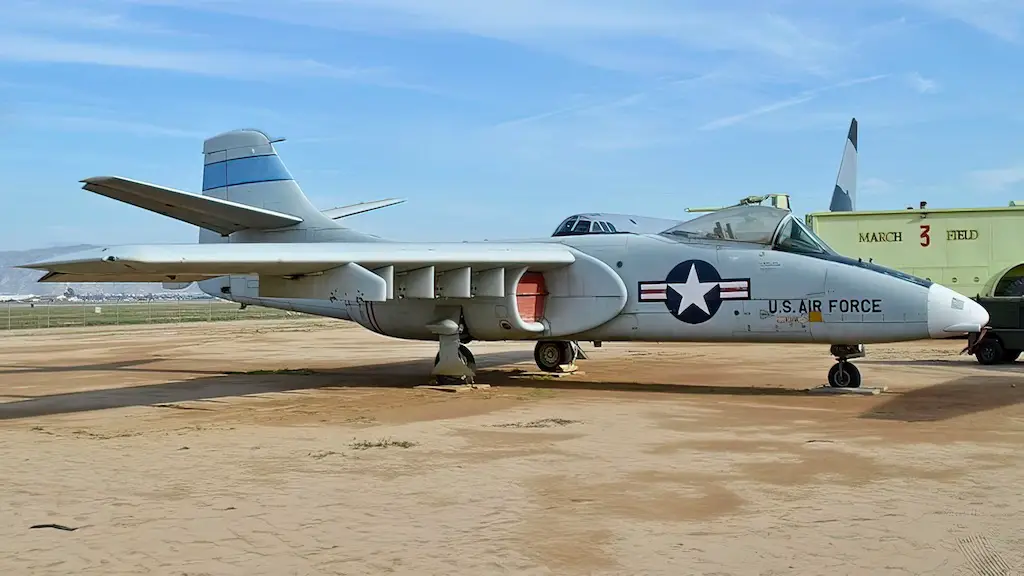
USAF makes the choice
The YA-9 made it first flight in May 1972, and in October of the same year USAF took the opportunity to compare the competing aircraft in flight. During the fly-offs both aircraft showed comparably good performance and met the USAF requirements. Both demonstrated a top speed of 520 mph.
Finally, the USAF announced in January 1973 that it was going with the A-10, citing as the reason that Fairchild had conducted a more thorough testing program of their design. Another factor was that the YA-10’s General Electric TF34 engines were more developed than the YA-9’s Lycoming YF102s. It’s also true that for Fairchild winning the contract was much more important than for Northrop. While the latter had other projects in the pipe, for Fairchild getting the X-A contract was a matter of life and death.
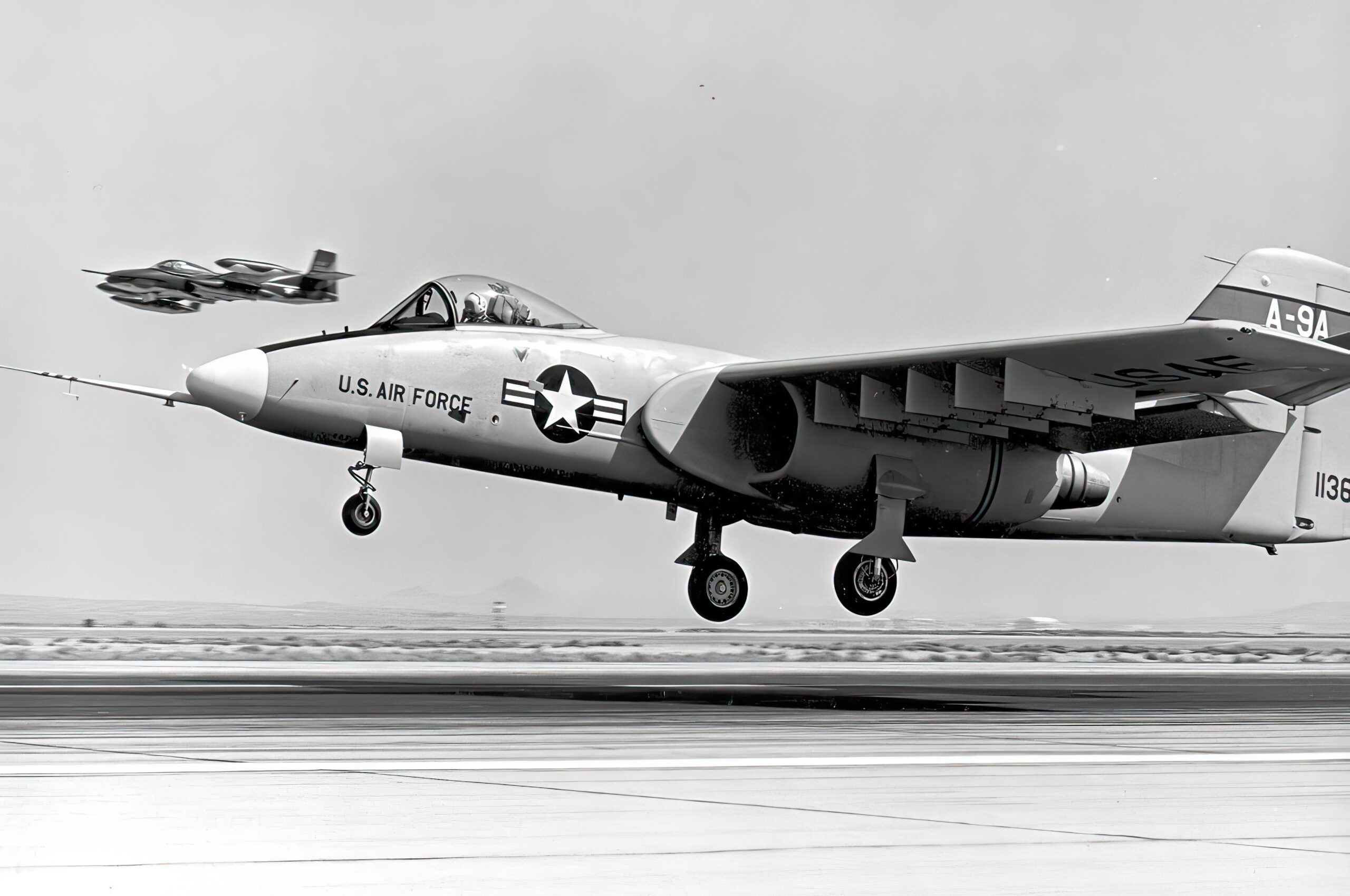
Following a total of 146 flight hours, the two YA-9 prototypes were transferred to NASA for evaluation, which then kept them for years at the Dryden Flight Research Center. Both of them have thus survived. One now remains in storage at the Edwards AFB, California, and the other is on display at the March Field Air Museum at March Air Reserve Base, California.

